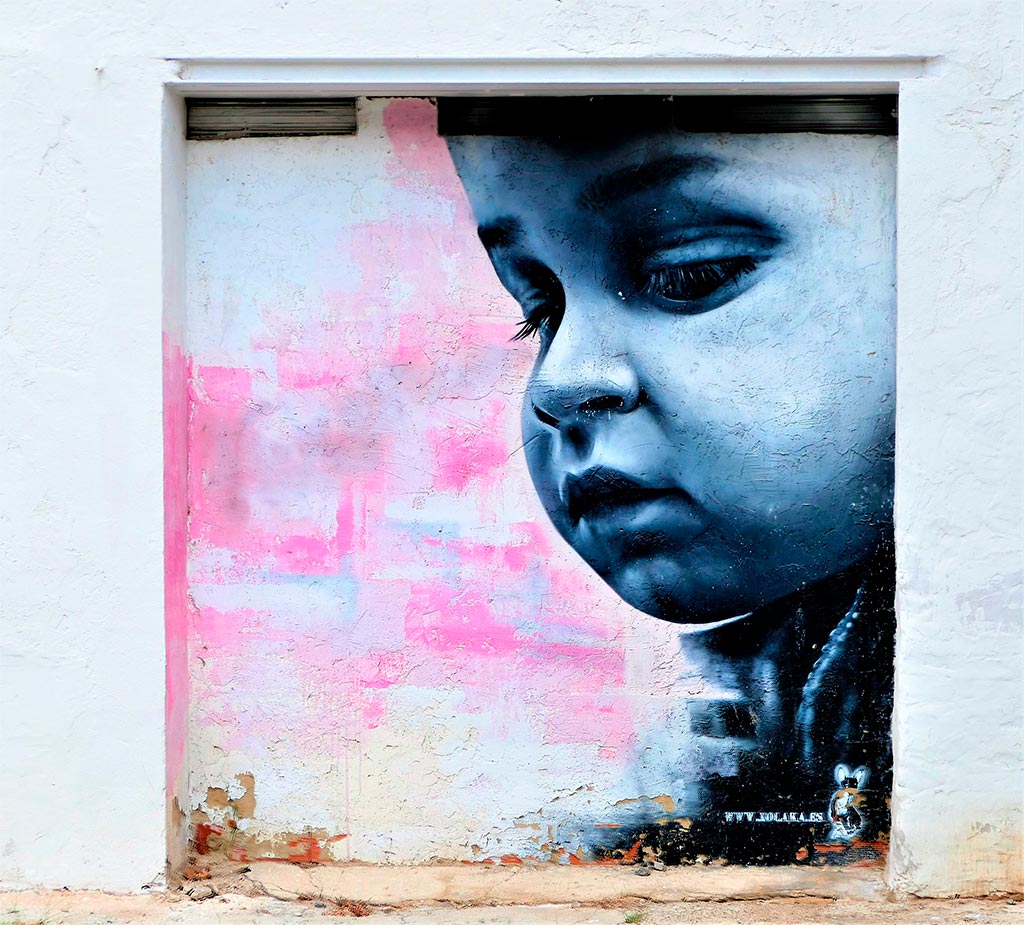
The debate on inequality has intensified in Spain in the aftermath of the economic crisis. There is good reason for that. As the European Commission keeps warning, Spain is one of the most unequal countries in the EU. If we take the disposable income ratio between the richest and poorest 20% of the population (S80/S20 index), Spain is in the fourth most unequal country after Romania, Bulgaria and Greece.
However, there is a big debate in the country. The consensus on the left is that the situation is dramatic and requires emergency action. For the majority on the right, though, the situation is exaggerated. For many conservatives inequality is a fact of life, it serves as an incentive, it might be poorly measured and, even if has increased over the past decades, it hides the fact that the average Spaniard lives today much better than three decades ago.
Luckily, Julio Carabaña, in his 2016 book “Ricos y Pobres” (Rich and Poor), rigorously deconstructs some of the myths around inequality in Spain. He starts with two bold statements: “although it might seem incredible, the years between 2008 and 2013 have seen the highest living standards in history, not only in the whole world, also in Spain”. In fact, “today there are less poor and more rich than in 1993” when the previous economic cycle started.
If one looks at the roller-coaster of the past decades, Carabaña shows that Spain has roughly the same inequality now than in 1993: a Gini coefficient of disposable income of around 0.34. In comparative perspective then, Spain’s inequality got closer to the EU-15 average at the peak of its real estate bubble in 2006-7 but it fell back again in the aftermath of the crisis. This is bad, but not catastrophic.
As is well known, the recent crisis hit Spain hard, and the pain has been unevenly distributed. It is not so much that the rich have become richer, the tragedy is that the poor have become way poorer. In constant 2013 euros, the average income for the very poor went from 1.443 euros in 1993 to 729 euros in 2012, with even negative incomes between 2007-9. This is also reflected in the distribution of overall income in Spain. In 1994, the poorest 20% of the population received 7% of the income, in 2013 this share was just 5.9%.
This situation is somehow ameliorated by house ownership. In fact, when it comes to wealth Spain is quite equalitarian. The average Spaniard has more wealth than the French, Italian, and German. However, this is the average. As a recent study by the Fundación Alternativas shows, here too the poor have been hardest hit. From 2002 until 2011, the average wealth of the top 10% of the population went from 322.570 to 533.809 euros, the average wealth of the lower 50% of the population climbed from 96.300 to 154.947. However, the lowest 10% stayed stagnant with only 3.000 euros of net wealth over the entire period.
Thus, even when the Spanish economy does well, the poor do not profit from it, which debunks the belief –especially widespread among conservatives– that to reduce poverty the economy just needs to grow. The fact is that despite the recovery Spain has with 28% one of the highest rates of population at risk of poverty in the EU, according to 2016 Eurostat figures, and the demographic group that is most vulnerable are the young, many of which are trapped in a vicious cycle.
19% of all students in Spain do not a have a high school degree or equivalent (the EU average is 11%) and it so happens that nearly 40% of all school drop-outs have parents without a secondary school degree. Social mobility is therefore highly undermined, especially in regions like Extremadura and Andalucía. The situation is particularly bad for the self-employed (concretely women) and immigrants, which are roughly one third of all Spanish poor and lack representation and voice.
On the other side, the demographic group that is least affected by poverty, and has even increased its income since the crisis, are the pensioners. In the past decade there have been great efforts to protect them from the virulence of the crisis. For two reasons, because the Spanish society has identified them, and rightly so, as vulnerable, but also because they have formed the electoral base of the traditional parties.
Now, however, the efforts need to be focused on the poor, especially the young and children. The current PSOE Government has appointed a High Commissioner to tackle this issue and the hope is that he will count with the support of the other parties. Here the ideologically-charged question should not be whether the appropriate policy response should be to channel public funds to increase the income of the poor or improving the school system. Both are needed.
Poor kids need to be better protected through income-maintenance schemes and stimulated outside school to learn better. And they will only learn better if the teachers are better paid and motivated. Changes need to happen beyond the traditional school. The recent introduction of the dual vocational system should be encouraged. Ultimately, Carabaña brings it to the point. To reduce poverty in Spain to the EU average there needs to be a distribution of income of roughly 2%. The question is who should pay this 2%. The very rich, or everyone but the poor? In the first option, inequality is substantially reduced, in the second not so much, but the effect on reducing poverty is all the same. The key is for the poor to acquire the necessary skills to compete in the labour market.
[This post was first published as short chapter in the 2019 report “Inequality and Equality” by Avenir Suisse]


